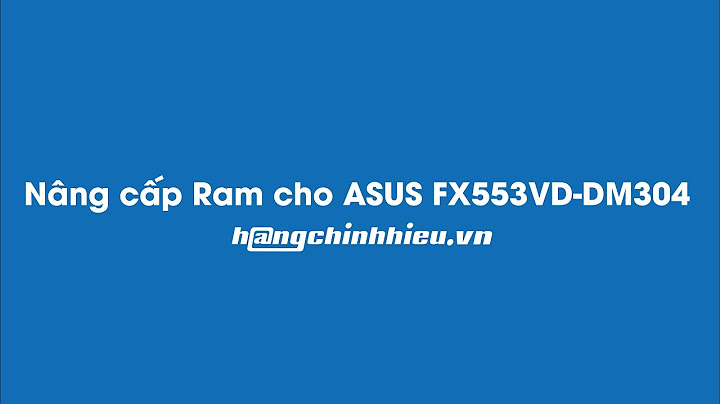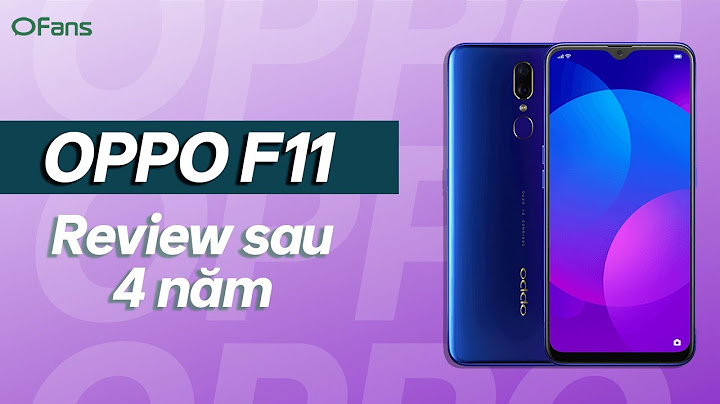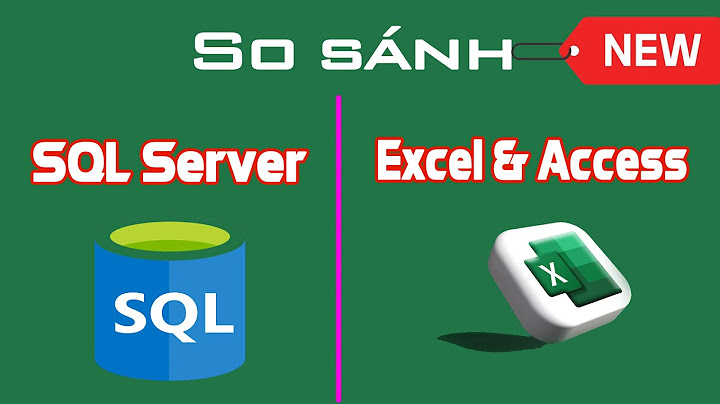COMPARISON SELECTION (3 selected items max.) VIEW COMPARISON ADD MORE Nikon D4  DXOMARK Sensor ScoresOverall Score 89 Portrait (Color Depth) 24.7 bits Landscape (Dynamic Range) 13.1 Evs Sports (Low-Light ISO) 2965 ISO Nikon D750  DXOMARK Sensor ScoresOverall Score 93 Portrait (Color Depth) 24.8 bits Landscape (Dynamic Range) 14.5 Evs Sports (Low-Light ISO) 2956 ISO The point about memory cards is a crucial one that I forgot in my reply: most non-gearhead photographers will find bog-standard SD card support more useful than the shooting speed improvements of more arcane specialty cards. Everything is subject to change, however: nobody expected the once-standard midrange CF cards to evaporate off the face of the earth. Finding reasonably priced cards for my old Nikon D700 and various digital P/S cams can be a real pain sometimes. A digital equivalent of your film Nikon FM2n has been the holy grail sought by many photographers for over a decade, but it hasn't happened yet and probably never will in the ever-contracting camera market. The closest you can get would be a second-hand full frame (FX) mirrorless body like Nikon Z5 or Z6: fairly compact, and electronic viewfinder helps tremendously with manual focusing of non-AF lenses. If you have a mix of manual focus lenses for your FM2n plus a few AF lenses, the D750 is a good compromise: it can meter couple with both manual AI lenses and electronic AF lenses, and AF with both older screw drive and new internal-motor AF lenses. It really depends how extensively you expect to work with old manual focus (non-AF) glass: if thats your primary interest, you'll find a mirrorless body much easier and quicker to nail focus manually. OTOH, mirrorless AF is optimized for new mirrorless lenses: mount adapters are available to AF older DSLR lenses but performance can suffer. Adapters that can bridge mirrorless bodies to operate autofocus on even older screw-drive AF lenses are uncommon, and not yet available for Nikon Z system at all. A Nikon DSLR like D750 or D4 offers the broadest range of compatibility with pre-mirrorless AF lenses, while maintaining traditional meter connection with old manual Nikon lenses (tho some of us struggle nailing manual focus with DSLR viewfinders, which can be frustratingly imprecise at larger apertures). For a size/bulk comparison, see attached pic of three of my Nikons. My FM is on loan to a friend, so I substituted the comparable-sized D40 (on right). I don't own a D4-class body, but my film Nikon F2 with attached motor drive (left) is a close approximation (the D4 would be notably rounder and thicker). My D700 (center) evolved into the similar-bodied D800 series: a D750 or 780 would be slightly smaller, like their predecessors D600/D610. The weight increase from film FM2n to nearly any full-frame (FX) DSLR is substantial: don't underestimate this. Without motor attached, my Nikon F2 is 35% larger and heavier than the FM2, but the D700 dwarfs it: I can happily shoot an F2 all day but the D700 gets real tiring real quick (despite the excellent integrated grip, hand strain is off the charts). So I imagine the D4 would kill me altogether. This is where the smaller DX format cameras shine: my tiny D40 feels lighter than an FM2. Nikon recycled, updated and enhanced this body size repeatedly, thru much newer cameras like D3100, 3200, 5100, 5200, 5300, 5500. They're killer travel and street cameras, but are effectively limited to the newer AFS type lenses if you want the best experience they can offer. Smallish, dinky viewfinder isn't good for manual focusing lenses, there is no meter coupling for manual focus lenses (so no AE or exposure indications). A big tradeoff for the small size is omission of the screw drive motor needed to autofocus the old-style mechanical AF-D type of lenses (these will meter and offer AE, but no AF is possible). Mirrorless DX or M4/3 systems can be as small or smaller, and their EVF can help with manual focus/exposure, but on the whole are best used with their dedicated AF lenses. Some full-frame FX cameras like Sony A7 series are very compact, but the minute you attach a good lens it balloons in size (surprisingly few dedicated FX mirrorless lenses coordinate in size with the small bodies). Using manual focus or different-brand lenses on mirrorless FX requires a mount adapter (basically a hollow tube) to push the lens out to where it would mount on a DSLR mirror box. This combination of camera body, adapter and lens can look really strange (the 50mm lens you might have on your FM2n gets stuck on a mount adapter almost as thick as the lens, which makes it look more like a 135mm tele when hanging off a Sony A7 or Nikon Z). You'd find handling the various options personally at a dealer enormously helpful with your decision. If there are no dealers or stores near you, consider buying from a reputable second-hand camera specialist like KEH or B&H that have good return/exchange policies. Buying from random eBay sellers can be less expensive, but if you don't like the camera style you might get stuck with a loss on resale. Generally speaking, the newer the camera, the better the low light imaging capability: if this is important, save up for a more recent option. |




















